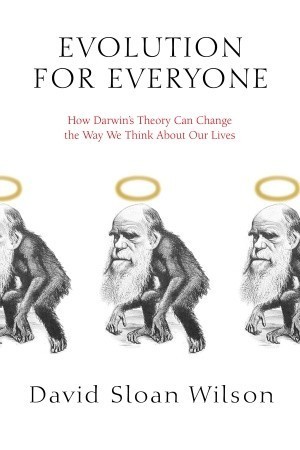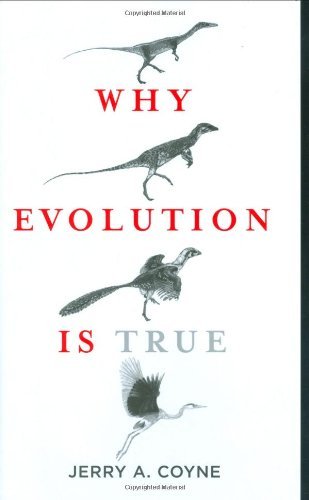
The Greatest Show on Earth: The Evidence for Evolution
Book Description
Imagine a world where every living creature is a chapter in a grand, epic story of survival. Richard Dawkins weaves a breathtaking tapestry of life, uncovering the intricate patterns of evolution that connect us all. With vivid examples and compelling evidence, he exposes the remarkable processes that drive the diversity of species. Each page is a thrilling expedition into nature's greatest mysteries, where the stakes are nothing less than our understanding of life itself. Can the wonders of evolution inspire awe and reshape our worldview? Discover the breathtaking reality of life's greatest show.
Quick Book Summary
"The Greatest Show on Earth" by Richard Dawkins is a compelling case for evolution, aiming to dispel doubts and misconceptions about the foundation of modern biology. Through vivid storytelling and thorough scientific reasoning, Dawkins presents the vast body of evidence demonstrating that life on Earth has evolved over billions of years. He explains not only how evolution works—through natural selection, mutation, and genetic inheritance—but also why alternative explanations, such as creationism or intelligent design, lack scientific grounding. Dawkins uses fossil records, molecular biology, and observable evolutionary changes to illustrate the dynamic nature of life. The book also celebrates the grandeur and complexity of the evolutionary process, enriching our understanding of the interconnectedness of all living things.
Summary of Key Ideas
Table of Contents
Overwhelming Evidence for Evolution
Dawkins begins by establishing the sheer abundance of evidence that supports evolution, likening the case against it to denying the existence of Mount Everest. He meticulously examines multiple lines of inquiry—geology, paleontology, genetics, and embryology—to show how they converge on a single, compelling narrative of life's history. Dawkins rebuts the claim that evolution is 'just a theory,' highlighting the robust and testable predictions it makes, such as the location and age of transitional fossils.
Mechanisms Driving Evolutionary Change
Moving from evidence to process, Dawkins delves into the mechanisms that drive evolution. He uncovers how natural selection and random mutations operate over long timeframes to produce the diversity of life observed today. Dawkins elucidates concepts like cumulative selection and gradual change, effectively countering misunderstandings about evolutionary timescales and the improbability of complex traits emerging "by chance" in a single step.
The Fossil Record and Transitional Forms
A significant portion of the book is dedicated to the fossil record. Dawkins explains how fossils, and especially transitional forms, reveal the gradual transformation of species through deep time. He discusses famous examples, such as the evolution of the horse and the origin of birds from theropod dinosaurs, demonstrating how intermediate forms confirm the branching tree of life and bridge apparent gaps between major groups.
Misconceptions and Opposition to Evolution
Dawkins addresses misconceptions and opposition, particularly from proponents of creationism and intelligent design. He patiently dismantles common creationist arguments, such as the supposed lack of transitional fossils and the misunderstanding of the word "theory" in scientific terminology. Dawkins emphasizes that evolution is not a belief system but a well-substantiated explanation for the diversity and adaptation of life on Earth.
Evolution’s Wonders and Our Place in Nature
Throughout, Dawkins celebrates the wonder inspired by evolutionary science. He portrays evolution as a continuous, dynamic process, more fascinating than any myth or supernatural explanation. The book urges readers to appreciate the beauty and complexity of life as revealed by science, inviting a sense of awe for the evolutionary story in which humanity and all living things are participants.
Download This Summary
Get a free PDF of this summary instantly — no email required.





